How to become a private pilot
Embarking on a journey to become a private pilot in the United Kingdom is an exciting endeavor, whether you’re pursuing it as a stepping stone to a career in aviation or simply for the joy of flying. Attaining a Private Pilot’s Licence (PPL) grants you the privilege to act as Pilot in Command (PIC) in non-commercial operations, whether on airplanes (PPL-A) or helicopters (PPL-H). Here’s a detailed roadmap to guide you through the process.
1. Meeting the Requirements
Before taking off into the skies, ensure you meet the basic eligibility criteria:
- Age: The minimum age to obtain a PPL is 17.
- Medical Certificate: You must hold a Part MED Class 2 Medical Certificate, ensuring you meet the required medical standards.
2. Fulfilling Training Requirements
To earn your PPL, you’ll undergo comprehensive flight training, accumulating a total of 45 hours of flight instruction. This includes:
- Dual Flight Instruction: A minimum of 25 hours of flight instruction with an instructor.
- Solo Flight Time: You’ll need to log at least 10 hours of supervised solo flight time, with a significant portion dedicated to solo cross-country flights, covering a distance of at least 270 km (150 NM) with landings at two different aerodromes.
- Written Exams: You’ll also need to pass 9 written, multiple-choice style exams covering various aspects of aviation knowledge.
3. Choosing the Right Flight School
Selecting the right flight school is paramount to your success as a pilot. Here’s how to go about it:
- Research: Utilize resources like online searches and social media to identify flight schools in your vicinity.
- Visit and Inquire: Pay visits to prospective flight schools to gauge their atmosphere, instructor availability, aircraft availability, and payment terms. Ask pertinent questions to ensure the school aligns with your needs and preferences.
- Trial Lessons: Opt for trial lessons with your shortlisted schools to experience their teaching style firsthand and assess instructor compatibility.
4. The Role of Your Instructor
Your flight instructor will play a pivotal role throughout your training journey. They serve not only as educators but also as mentors and guides. Establishing a rapport and feeling comfortable with your instructor is crucial for optimal learning.
5. Ensuring Consistency and Timing
Consistency in training sessions is vital for skill retention and progression. Aim to schedule lessons close together to maintain momentum. Additionally, consider the timing of your training, as seasonal variations can affect flying conditions.
6. Skill Test and Certification
Upon completion of your training, you’ll undergo a skill test with an examiner to demonstrate your proficiency in executing the learned procedures and maneuvers. Successfully passing this test marks the culmination of your training journey and grants you the coveted Private Pilot’s Licence.
Embarking on the path to becoming a private pilot in the UK requires dedication, commitment, and a thirst for knowledge. By following these steps and guidance, you’ll be well-equipped to navigate the skies with confidence and skill, whether you’re pursuing aviation as a career or for recreational purposes. So, spread your wings and embark on this exhilarating adventure into the realm of flight!
























